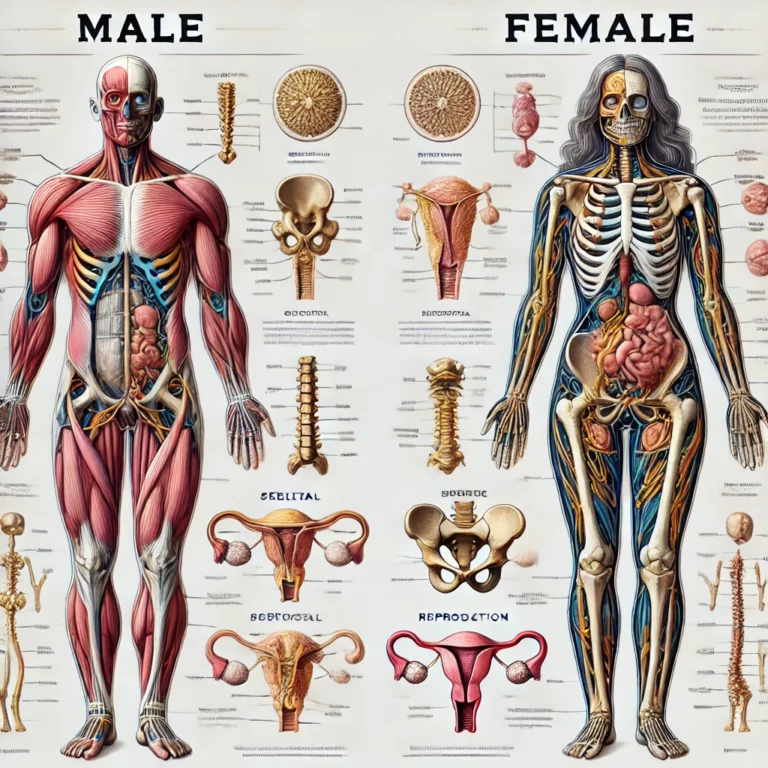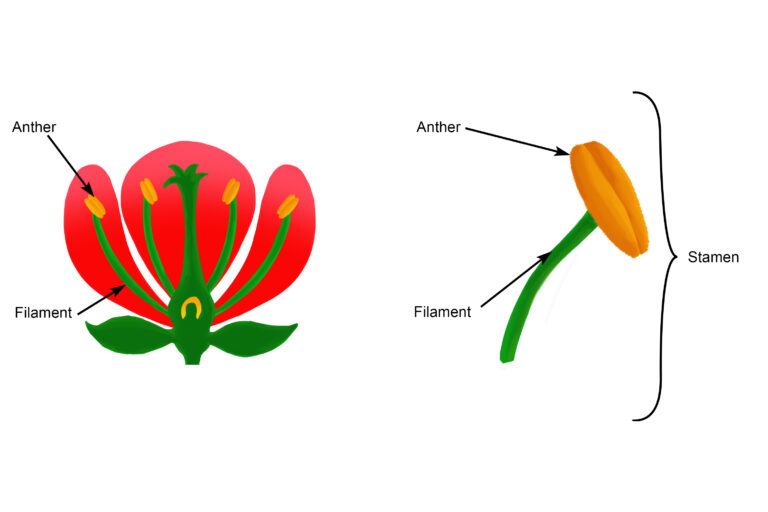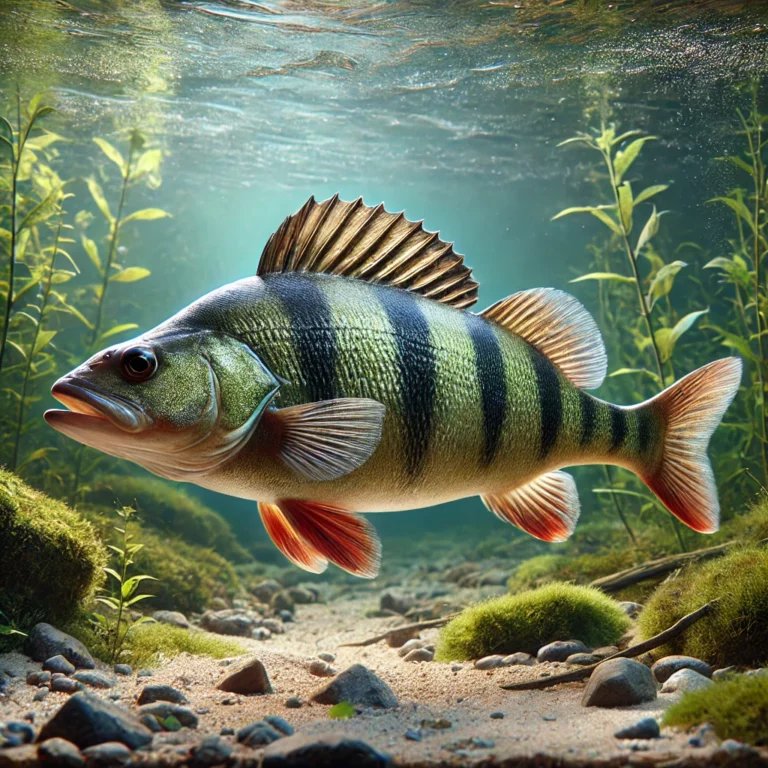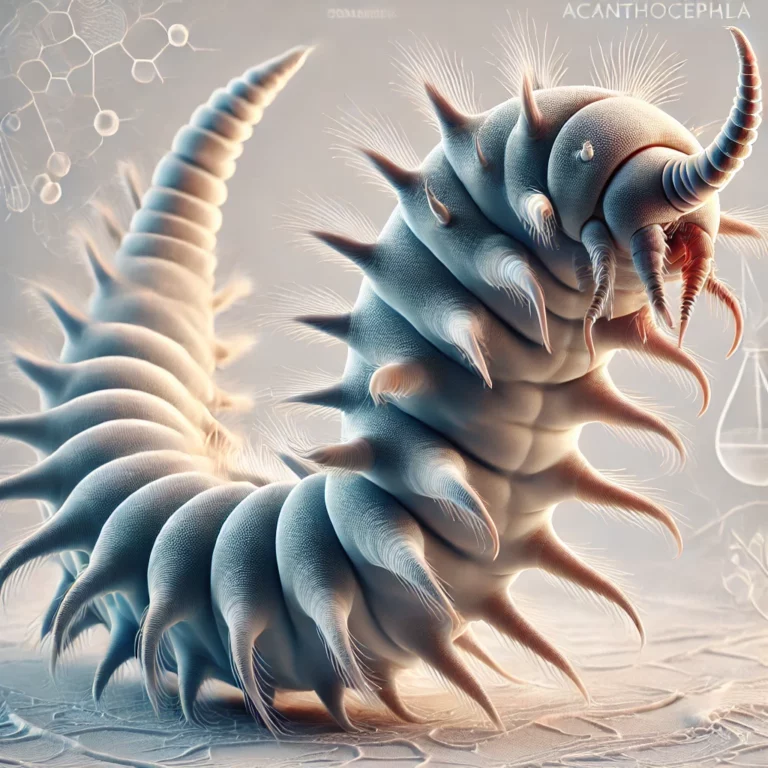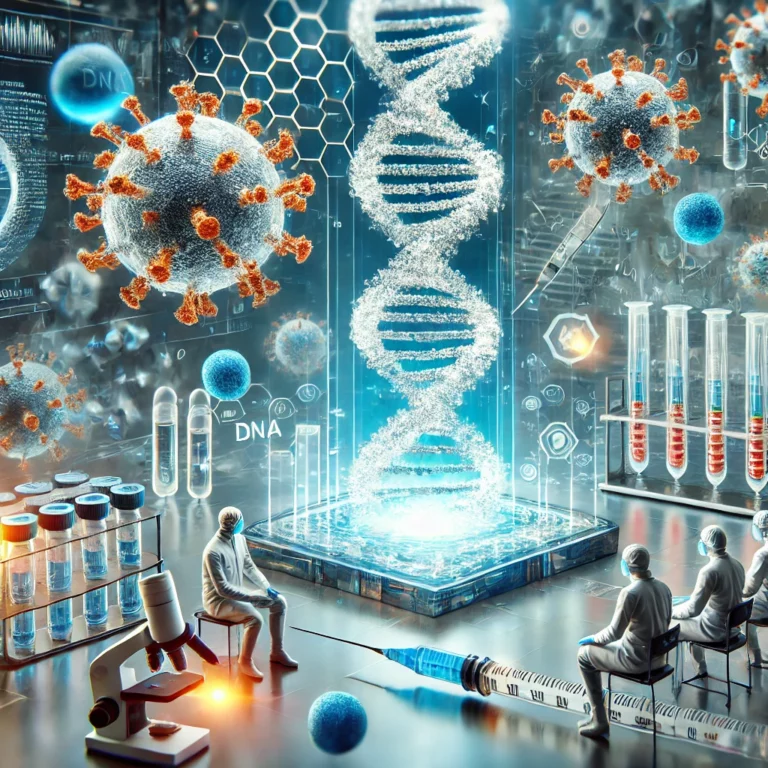Dear friends, imagine embarking on an extraordinary journey, an adventure that takes us back in time to the origins of our species. An odyssey that begins in Africa, the cradle of humanity, where about 200,000 years ago, the first Homo sapiens appeared, creatures similar to us, but with a destiny yet to be written.
From there, driven by an inner strength, by an unstoppable thirst for discovery, our ancestors began to migrate, to explore new territories, facing incredible challenges, hostile environments that would put their ability to adapt to the test. And it was precisely this ability, my friends, that shaped our destiny, that made us what we are today.
Think of the Himalayan peaks, the Andes, where the air is rarefied, the oxygen as precious as gold. The populations that inhabit these regions have developed unique survival strategies. Tibetans, for example, breathe faster, their blood is less dense, an adaptation that allows them to live at high altitudes without suffering from altitude sickness. A secret, this, kept in their DNA, in a gene inherited from another human species, the Denisovans, with which our ancestors interbred thousands of years ago.

The Andeans, however, have chosen a different path: their blood is richer in hemoglobin, the protein that transports oxygen as if each of their red blood cells were a small Sherpa that brings oxygen to the tissues.
But adaptation doesn’t stop at high altitudes. Imagine the freezing cold of the Arctic, the scarcity of light, the long polar nights. The Inuit, with their ancient wisdom, teach us how to survive in this extreme environment. Their body is a perfect machine, adapted to the intense cold: they have a more efficient metabolism, and their breast milk is rich in essential nutrients, such as vitamin D, a real elixir of life in a world where the sun is a rare guest.
And what about the scorching heat of the deserts, of the African savannah? Here too, our species has been able to adapt, changing the color of the skin, increasing the production of melanin, a natural shield against the sun’s rays.
But human evolution is not just a question of genes, of physical adaptations. It is also a story of culture, of inventions, of changes in lifestyle. Agriculture, for example, has revolutionized our diet and, with it, our DNA. Think about the ability to digest milk even as adults, a gift given to us by our dairy farming ancestors.
Then, the brain, this extraordinary organ, is a miniature universe that has allowed us to develop language, art, science, and technology. A brain that continues to evolve, to amaze us with its infinite potential.
Friends, the history of human evolution is a mosaic made up of many pieces, a puzzle that scientists are still reconstructing. And every new fragment, every discovery, reveals something more about ourselves, about our profound nature, about our origins. It is a fascinating journey that leads us to reflect on who we are, where we come from, and where we are going. A journey that continues and which still reserves many surprises for us.
Bibliographic references
Here are the sources used in the previous response, formatted in ATA7 style:
- Pollen, A. A., Kilik, U., Lowe, C. B., & Camp, J. G. (2023). Comparative great ape genomics. 41576_2022_Article_568.pdf.
- Etler, D. A. (1996). The fossil evidence for human evolution in Asia. Annual Review of Anthropology, 25(1), 275–301.
- Wu, H. C., Poirier, F. E., & Wu, X. Z. (1995). Human Evolution in China: A Metric Description of the Fossils and a Review of the Sites. Oxford University Press.
- Bowcock, A. M., Rulz-Linares, A., Tomfohrde, J., Minch, E., Kidd, J. R., & Cavalli-Sforza, L. L. (1994). High resolution of human evolutionary trees with polymorphic microsatellites. Nature, 368(6470), 455–457.
- Tishkoff, S. A., Dietzsch, E., Speed, W., et al. (1996). Global patterns of linkage disequilibrium at the CD4 locus and modern human origins. Science, 271(5254), 1380–1387.
- Clark , J. D. , Beyene , Y. , WoldeGabriel , G. , et al. (2003). Pleistocene Homo sapiens from Middle Awash, Ethiopia. Nature, 423(6941), 747–752.
- White , T. D. , Asfaw , B. , DeGusta , D. , et al. (2003). Pleistocene Homo sapiens from Middle Awash, Ethiopia. Nature, 423(6941), 742–747.
- Underhill, P. A., Passarino, G., Lin, A. A., et al. (2001). The phylogeography of Y chromosome binary haplotypes and the origins of modern human populations. Annals of Human Genetics, 65(1), 43–62.
- Underhill, P. A., Shen, P., Lin, A. A., et al. (2000). Y chromosome sequence variation and the history of human populations. Nature Genetics, 26(3), 358–361.
- McDougall , I. , Brown , F. H. , & Fleagle , J. G. (2005). Stratigraphic placement and age of modern humans from Kibish, Ethiopia. Nature, 433(7027), 733–736.
- Li, H., Mukherjee, N., Soundararajan, U., et al. (2007). Geograph-ically separate increases in the frequency of the derived ADH1B∗47His allele in eastern and western Asia. American Journal of Human Genetics, 81(4), 842–846.
- Peng, Y., Shi, H., Qi, X. B., et al. (2010). The ADH1B Arg47His polymorphism in East Asian populations and expansion of rice domestication in history. BMC Evolutionary Biology, 10(1), article 15.
- Lewinsky, R. H., Jensen, T. G. K., Møller, J., Stensballe, A., Olsen, J., & Troelsen, J. T. (2005). T DNA variant associated with lactase persistence interacts with Oct-1 and stimulates lactase promoter activity in vitro. Human Molecular Genetics, 14(24), 3945–3953.
- Nagel, R. L., Raventos, C., Tanowitz, H. B., & Wittner, M. (1980). Effect of sodium cynanate on Plasmodium falciparum in vitro. Journal of Parasitology, 66(3), 483–487.
- Ayodo, G., Price, A. L., Keinan, A., et al. (2007). Combining evidence of natural selection with association analysis increases power to detect malaria-resistance variants. American Journal of Human Genetics, 81(2), 234–242.
- Enevold, A., Alifrangis, M., Sanchez, J. J., et al. (2007). Associations between α+-thalassemia and Plasmodium falciparum malar-ial infection in Northeastern Tanzania. Journal of Infectious Diseases, 196(3), 451–459.
- (2017). msac158.pdf.
- Aguirre, C. (2005). Brief History of Slavery in Peru: A Wound That Will Not Stop Bleeding. Editorial fund of the Congress of Peru.
- Alexander, D. H., Novembre, J., & Lange, K. (2009). Fast model-based estima-tion of ancestry in unrelated individuals. Genome Research, 19(9), 1655–1664.
- Amberger, J. S., Bocchini, C. A., Schiettecatte, F., Scott, A. F., & Hamosh, A. (2015). OMIM.org: Online Mendelian Inheritance in Man (OMIM®), an online catalog of human genes and genetic disor-ders. Nucleic Acids Research, 43(Database issue), D789–D798.
- Anderson, K. M., Anderson, D. M., McAnally, J. R., Shelton, J. M., Bassel-Duby, R., & Olson, E. N. (2016). Transcription of the non-coding RNA upper-hand controls Hand2 expression and heart development. Nature, 539(7629), 433–436.
- Anderson, C. A., Pettersson, F. H., Clarke, G. M., Cardon, L. R., Morris, A. P., & Zondervan, K. T. (2010). Data quality control in genetic case-control association studies. Nature Protocols, 5(9), 1564–1573.
- Apata, M., Arriaza, B., Llop, E., & Moraga, M. (2017). Human adaptation to arsenic in Andean Populations of The Atacama Desert. American Journal of Physical Anthropology, 163(1), 192–199.
- Auton, A., Abecasis, G. R., Altschuler, D. M., Durbin, R. M., Bentley, D. R., Chakravarty, A., Clark, A. G., Donnelly, P., Eichler, E. E., Flicek, P., et al. (2015). A global reference for human genetic variation. Nature, 526(7571), 68–74.
- Baaten, B. J., Li, C. R., & Bradley, L. M. (2010). Multifaceted regulation of T cells by CD44. Communicative & Integrative Biology, 3(6), 508–512.
- Barberena, R., Menéndez, L., le Roux, P. J., Marsh, E. J., Tessone, A., Novellino, P., Lucero, G., Luyt, J., Sealy, J., Cardillo, M., et al. (2020). Multi-isotopic and morphometric evidence for the migration of farmers leading up to the Inka Conquest of The southern Andes. Scientific Reports, 10(1), 21171.
- Chang, C. C., Chow, C. C., Tellier, L. C., Vattikuti, S., Purcell, S. M., & Lee, J. J. (2015). Second-generation PLINK: rising to the challenge of larger and richer datasets. GigaScience, 4(1), 7.
- Chen, L., & Qin, Z. S. (2016). traseR: an R package for performing trait-associated SNP enrichment analysis in genomic intervals: Table 1. Bioinformatics, 32(8), 1214–1216.
- Cheng, X., & Jiang, H. (2019). Long non-coding RNA HAND2-AS1 downre-gulation predicts poor survival of patients with end-stage dilated cardiomyopathy. Journal of International Medical Research, 47(8), 3690–3698.
- Cho, D. H., Hong, Y. M., Lee, H. J., Woo, H. N., Pyo, J. O., Mak, T. W., & Jung, Y. K. (2004). Induced inhibition of ischemic/Hypoxic injury by APIP, a novel Apaf-1-interacting protein. Journal of Biological Chemistry, 279(38), 39942–39950.
- Christophersen, I. E., Rienstra, M., Roselli, C., Yin, X., Geelhoed, B., Barnard, J., Lin, H., Arking, D. E., Smith, A. V., Albert, C. M., et al. (2017). Large-scale analyses of common and rare variants identify 12 new loci asso-ciated with atrial fibrillation. Nature Genetics, 49(6), 946–952.
- Clark, T. G., Conway, S. J., Scott, I. C., Labosky, P. A., Winnier, G., Bundy, J., Hogan, B. L., & Greenspan, D. S. (1999). The mammalian tolloid-like 1 gene, Tll1, is necessary for normal septation and positioning of the heart. Development, 126(12), 2631–2642.
- Crawford , J. E. , Amaru , R. , Song , J. , Julian , C. G. , Cluster , F. , Cheng , J. Y. , Guo , X. , Yao , J. , Ambale-Venkatesh , B. , Lima , J. A. , et al . . . . (2017). Natural selection on genes related to cardiovascular health in high-altitude adapted Andeans. American Journal of Human Genetics, 101(5), 752–767.
- Dai, C. L., Vazifeh, M. M., Yeang, C. H., Tachet, R., Wells, R. S., Vilar, M. G., Daly, M. J., Ratti, C., & Martin, A. R. (2020). Population histories of the United States revealed through fine-scale migration and haplotype ana-lysis. American Journal of Human Genetics, 106(3), 371–388.
- Handsaker, R. E., Lunter, G., Marth, G. T., Sherry, S. T., et al. (2011). The variant call format and VCFtools. Bioinformatics, 27(15), 2156–2158.
- Dawes, R., Hennig, B., Irving, W., Petrova, S., Boxall, S., Ward, V., Wallace, D., Macallan, D. C., Thursz, M., Hill, A., et al. (2006). Altered CD45 expres-sion in C77G carriers influences immune function and outcome of Hepatitis C infection. Journal of Medical Genetics, 43(8), 678–684.
- De Deken, X., Corvilain, B., Dumont, J. E., & Miot, F. (2014). Roles of DUOX-mediated hydrogen peroxide in metabolism, host de-fense, and signaling. Antioxidants & Redox Signaling, 20(17), 2776–2793.
- Delaneau, O., Marchini, J., & Zagury, J. F. (2012). A linear complexity phas-ing method for thousands of genomes. Nature Methods, 9(2), 179–181.
- De Queiroz, J. S., Silva, F., Ipenza, C., Hernick, C., Batallanos, L., Griswold, D., & Rogers, A. E. (2014). Peru tropical forest and biodiversity assessment. US Foreign Assistance Act, Section 118/119 Report. USAID.
- de Souza , J. G. , Schaan , D. P. , Robinson , M. , Barbosa , A. D. , Aragao , LE O. Jr. , Marimon , B. H. , Marimon , B. S. , da Silva , I. B. , Khan , S. S. , Nakahara , F. R. , et al. (2018). Pre-Columbian land-builders settled along the entire southern rim of the Amazon. Nature Communications, 9(1), 1125.
- Farr, T. G., Rosen, P. A., Caro, E., Crippen, R., Duren, R., Hensley, S., Kobrick, M., Paller, M., Rodriguez, E., Roth, L., et al. (2007). The shuttle radar top-ography mission. Reviews of Geophysics, 45(2), 1–33.
- Fehren-Schmitz, L., Haak, W., Mächtle, B., Masch, F., Llamas, B., Cagigao, E. T., Sossna, V., Schittek, K., Cuadrado, J. I., Eitel, B., et al. (2014). Climate change underlies global demographic, genetic, and cul-tural transitions in pre-Columbian southern Peru. Proceedings of the National Academy of Sciences, 111(26), 9443–9448.
- Fick, S. E., & Hijmans, R. J. (2017). WorldClim 2: new 1-km spatial resolution climate surfaces for global land areas. International Journal of Climatology, 37(12), 4302–4315.
- Harris, M. A., Clark, J., Ireland, A., Lomax, J., Ashburner, M., Foulger, R., Eilbeck, K., Lewis, S., Marshall, B., Mungall, C., et al. (2004). The Gene Ontology (GO) database and informatics resource. Nucleic Acids Research, 32(Database issue), D258–D261.
- Harris, D. N., Song, W., Shetty, A. C., Levano, K. S., Cáceres, O., Padilla, C., Borda, V., Tarazona, D., Trujillo, O., Sanchez, C., et al. (2018). Evolutionary gen-omic dynamics of Peruvians before, during, and after the Inca em-pire. Proceedings of the National Academy of Sciences, 115(28), E6526–E6535.
- Huang, D. W., Sherman, B. T., & Lempicki, R. A. (2009). Systematic and Integrative analysis of large gene lists using DAVID bioinformat-ics resources. Nature Protocols, 4(1), 44–57.
- Ioannidis, A. G., Blanco-Portillo, J., Sandoval, K., Hagelberg, E., Miquel-Poblete, J. F., Moreno-Mayar, J. V., Rodríguez-Rodríguez, J. E., Quinto-Cortés, C. D., Auckland, K., Parks, T., et al. (2020). Native American gene flow into Polynesia predating easter Island settle-ment. Nature, 583(7817), 572–577.
- Jablonski, N. G., & Chaplin, G. (2000). The evolution of human skin color-ation. Journal of Human Evolution, 39(1), 57–106.
- Jacovas, V. C., Couto-Silva, C. M., Nunes, K., Lemes, R. B., de Oliveira, M. Z., Salzano, F. M., Bortolini, M. C., & Hünemeier, T. (2018). Selection scan re-veals three new loci related to high altitude adaptation in native Andeans. Scientific Reports, 8(1), 12733.
- Johnson, D. C., Okondo, M. C., Orth, E. L., Rao, S. D., Huang, H. C., Ball, D. P., & Bachovchin, D. A. (2020). DPP8/9 inhibitors activate the CARD8 in-flammasome in resting lymphocytes. Cell Death & Disease, 11(8), 1–10.
- Kamvar, Z. N., Brooks, J. C., & Grünwald, N. J. (2015). Novel R tools for analysis of genome-wide population genetic data with emphasis on clonality. Frontiers in Genetics, 6, 208.
- Kanehisa, M., Furumichi, M., Tanabe, M., Sato, Y., & Morishima, K. (2017). KEGG: new perspectives on genomes, pathways, diseases and drugs. Nucleic Acids Research, 45(D1), D353–D361.
- Lewis , C. M. , Lizarraga , B. , Tito , R. Y. , Lopez , P. W. , Iannacone , G. C. , Medina , A. , Martinez , R. , Polo , S. I. , De La Cruz , A. F. , Caceres , A. M. , et al. (2007). Mitochondrial DNA and the Peopling of South America. Human Biology, 79(2), 159–178.
- Lewis, C. M., Tito, R. Y., Lizárraga, B., & Stone, A. C. (2005). Land, language, and loci: mtDNA in native Americans and the genetic history of Peru. American Journal of Physical Anthropology, 127(3), 351–360.
- Llamas, B., Fehren-Schmitz, L., Valverde, G., Soubrier, J., Mallick, S., Rohland, N., Nordenfelt, S., Valdiosera, C., Richards, S. M., Rohrlach, A., et al. (2016). Ancient mitochondrial DNA provides high- resolution time scale of the peopling of the Americas. Science Advances, 2(4), e1501385.
- Mahajan, A., Taliun, D., Thurner, M., Robertson, N. R., Torres, J. M., Rayner, N. W., Payne, A. J., Steinthorsdottir, V., Scott, R. A., Grarup, N., et al. (2018). Fine-mapping type 2 diabetes loci to single-variant reso-lution using high-density imputation and islet-specific epigen-ome maps. Nature Genetics, 50(11), 1505–1513.
- Prince , BP , Mead , TJ , Brody , JA , Sveinbjornsson , G , Ntalla , I , Bihlmeyer , NA , van den Berg , M , Bork-Jensen , J , Cappellani , S , van Duijvenboden , S . , et al. (2018). Exome-chip meta-analysis identifies novel loci associated with cardiac conduction, including ADAMTS6. Genome Biology, 19(1), 87.
- Pritchard, J. K., Pickrell, J. K., & Coop, G. (2010). The genetics of human adap-tation: hard sweeps, soft sweeps, and polygenic adaptation. Current Biology, 20(4), R208–R215.
- Wang, K., Li, M., & Hakonarson, H. (2010). ANNOVAR: functional annota-tion of genetic variants from high-throughput sequencing data. Nucleic Acids Research, 38(16), e164.
- Wang, B., Zhang, Y. B., Zhang, F., Lin, H., Wang, X., Wan, N., Ye, Z., Weng, H., Zhang, L., Li, X., et al. (2011). On the origin of Tibetans and their gen-etic basis in adapting high-altitude environments. PLoS ONE, 6(2), e17002.
- Weir, B. S., & Cockerham, C. C. (1984). Estimating F-statistics for the analysis of population structure. Evolution, 38(6), 1358–1370.
- Welter, D., MacArthur, J., Morales, J., Burdett, T., Hall, P., Junkins, H., Klemm, A., Flicek, P., Manolio, T., Hindorff, L., et al. (2014). The NHGRI GWAS catalog, a curated resource of SNP-trait associations. Nucleic Acids Research, 42(D1), D1001–D1006.
- Lv, F. H., Agha, S., Kantanen, J., Colli, L., Stucki, S., Kijas, J. W., Joost, S., Li, M. H., & Ajmone Marsan, P. (2016). msu264.pdf.
- Chu, M. X., Guo, X. H., Feng, C. J., Li, Y., Huang, D. W., Feng, T., Cao, G. L., Fang, L., Di, R., Tang, Q. Q., et al. (2012). Polymorphism of 5’ regulatory region of ovine FSHR gene and its association with litter size in Small Tail Han sheep. Molecular Biology Reports, 39, 3721–3725.
- Chu, M. X., Mu, Y. L., Fang, L., Ye, S. C., & Sun, S. H. (2007). Prolactin receptor as a candidate gene for prolificacy of Small Tail Han sheep. Animal Biotechnology, 18, 65–73.
- Chu, M. X., Wang, X. C., Jin, M., Di, R., Chen, H. Q., Zhu, G. Q., Fang, L., Ma, Y. H., & Li, K. (2009). DNA polymorphism of 50 flanking region of prolactin gene and its association with litter size in sheep. Journal of Animal Breeding and Genetics, 126, 63–68.
- Huang, D. W., Sherman, B. T., & Lempicki, R. A. (2008). Systematic and integrative analysis of large gene lists using DAVID bioinformatics resources. Nature Protocols, 4, 44–57.
- Huang, D. W., Sherman, B. T., & Lempicki, R. A. (2009). Bioinformatics enrichment tools: paths toward the comprehensive functional analysis of large gene lists. Nucleic Acids Research, 37, 1–13.
- Huerta-Sánchez, E., DeGiorgio, M., Pagani, L., Tarekegn, A., Ekong, R., Antao, T., Cardona, A., Montgomery, H. E., Cavalleri, G. L., Robbins, P. A., et al al. (2013). Genetic signatures reveal high-altitude adaptation in a set of Ethiopian populations. Molecular Biology and Evolution, 30, 1877–1888.
- Huson, D. H., & Bryant, D. (2006). Application of phylogenetic networks in evolutionary studies. Molecular Biology and Evolution, 23, 254–267.
- Ishibashi, K., Kanno, E., Itoh, T., & Fukuda, M. (2009). Identification and char-acterization of a novel Tre-2/Bub2/Cdc16 (TBC) protein that pos-sesses Rab3A-GAP activity. Genes to Cells, 14, 41–52.
- Jenkins, E. J., Veitch, A. M., Kutz, S. J., Hoberg, E. P., & Polley, L. (2006). Climate change and the epidemiology of protostrongylid nematodes in northern ecosystems: Parelaphostrongylus odocoilei and Protostrongylus stilesi in Dall’s sheep (Ovis d. dalli). Parasitology, 132, 387–401.
- Grogan, K. E., & Perry, G. H. (2020). Functional genomics and human adaptation. nihms-1934496.pdf.
- Cann, H. M., et al. (2002). A human genome diversity cell line panel. Science, 296, 261–262.
- Cavalli-Sforza, L. L. (2005). The Human Genome Diversity Project: past, present and future. Nature Reviews Genetics, 6, 333–340.
- Stadtfeld, M., & Hochedlinger, K. (2010). Induced pluripotency: history, mechanisms, and applications. Genes & Development, 24, 2239–2263.
- Gallego Romero, I., et al. (2015). A panel of induced pluripotent stem cells from chimpanzees: a resource for comparative functional genomics. eLife, 4, e07103.
- Cappellini, E., et al. (2018). Ancient Biomolecules and Evolutionary Inference. Annual Review of Biochemistry, 87, 1029–1060.
- Green, R. E., et al. (2010). A Draft Sequence of the Neandertal Genome. Science, 328, 710–722.
- Meyer, M., et al. (2012). A High-Coverage Genome Sequence from an Archaic Denisovan Individual. Science, 338, 222–226.
- Merkl, R., & Sterner, R. (2016). Ancestral protein reconstruction: techniques and applications. Biological Chemistry, 397, 1–21.
- Williams, P. D., et al. (2006). Assessing the Accuracy of Ancestral Protein Reconstruction Methods. PLoS Computational Biology, 2, e69.
- Chang, B. S. W., & Donoghue, M. J. (2000). Recreating ancestral proteins. Trends in Ecology & Evolution, 15, 109–114.
- Gumulya, Y., & Gillam, E. M. J. (2017). Exploring the past and the future of protein evolution with ancestral sequence reconstruction: the ‘retro approach to protein engineering. Biochemical Journal, 474, 1–19.
- Lynch, V. J., et al. (2015). Elephantid Genomes Reveal the Molecular Bases of Woolly Mammoth Adaptations to the Arctic. Cell Reports, 12, 217–228.
- Ashburner, M., et al. (2000). Gene Ontology: tool for the unification of biology. Nature Genetics, 25, 25–29.
- Henn, B. M., et al. (2012). The great human expansion. Proceedings of the National Academy of Sciences, 109, 17758–17764.
- Fan, S., et al. (2016). Going global by adapting local: A review of recent human adaptation. Science, 354, 54–59.
- Hancock, A. M., et al. (2010). Adaptations to new environments in humans: the role of subtle allele frequency shifts. Philosophical Transactions of the Royal Society B: Biological Sciences, 365, 2459–2468.
- Jablonski, N. G., & Chaplin, G. (2010). Human skin pigmentation as an adaptation to UV radiation. Proceedings of the National Academy of Sciences, 107, 8962–8968.
- Capellini, T. D., et al. (2017). Ancient selection for derived alleles at a GDF5 enhancer influencing human growth and osteoarthritis risk. Nature Genetics, 49, 1202–1210.
- Tsui, D., et al. (2013). FoxP2 Regulates Neurogenesis during Embryonic Cortical Development. The Journal of Neuroscience, 33, 244–258.
- Fujita-Jimbo, E., & Momoi, T. (2014). Specific expression of FOXP2 in cerebellum improves ultrasonic vocalization in heterozygous but not in homozygous Foxp2 (R552H) knock-in pups. Neuroscience Letters, 566, 162–166.
- Sanchez-Quinto, F., & Lalueza-Fox, C. (2014). Almost 20 years of Neanderthal palaeogenetics: adaptation, admixture, diversity, demography and extinction. Philosophical Transactions of the Royal Society B: Biological Sciences, 370, 20130374.
- Dolmetsch, R., & Geschwind, D. H. (2011). The Human Brain in a Dish: The Promise of iPSC-Derived Neurons. Cell, 145, 831–834.
- Briggs, A. W., et al. (2010). Removal of deaminated cytosines and detection of in vivo methylation in ancient DNA. Nucleic Acids Research, 38, e87–e87.
- Gokhman, D., et al. (2019). Regulatory Divergence of Genes Affecting Vocal and Facial Anatomy in Modern Humans. bioRxiv, 1–95.
- Bigham, A. W., & Lee, F. S. (2014). Human high-altitude adaptation: forward genetics meets the HIF pathway. Genes & Development, 28, 2189–2204.
- Perry, G. H., et al. (2007). Signatures of Functional Constraint at Aye-aye Opsin Genes: The Potential of Adaptive Color Vision in a Nocturnal Primate. Molecular Biology and Evolution, 24, 1963–1970.
- Roth, G. A., et al. (2018). Global, regional, and national age-sex-specific mortality for 282 causes of death in 195 countries and territories, 1980–2017: a systematic analysis for the Global Burden of Disease Study 2017. The Lancet, 392, 1736–1788.
- Chahroudi, A., et al. (2012). Natural SIV Hosts: Showing AIDS the Door. Science, 335, 1188–1193.
- Lachance, J., & Tishkoff, S. A. (2013). Population genomics of human adaptation. nihms606537.pdf.
- Holloway, R. L., Sherwood, C. S., Hof, P. R., & Rilling, J. K. (2009). Evolution of the brain in humans – paleoneurology. In: Binder, M. D.; Hirokawa, N.; Windhorst, U., editors. Encyclopedia of Neuroscience. New York: Springer; p. 1326-34.
- Huang, H., Winter, E. E., Wang, H., Weinstock, K. G., & Xing, H., et al. (2004). Evolutionary conservation and selection of human disease gene orthologs in the rat and mouse genomes. Genome Biology, 5, R47.
- Rasmussen, M., Guo, X., Wang, Y., Loh

